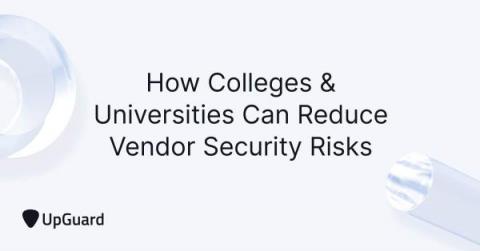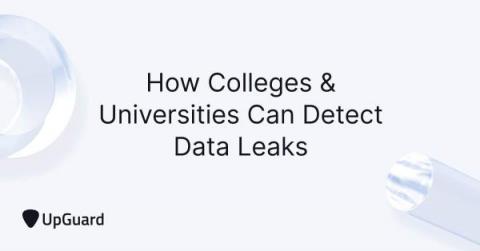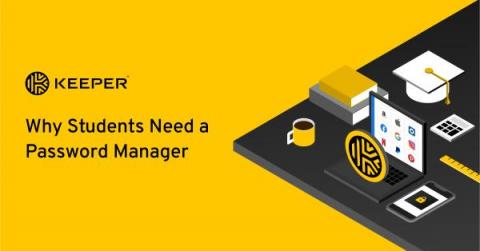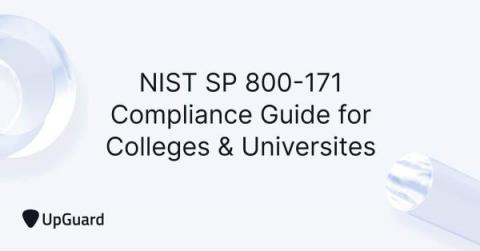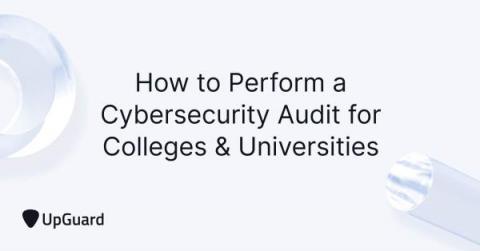How Colleges & Universities Can Reduce Vendor Security Risks
Higher education institutions, like colleges and universities, often work with dozens of third-party vendors, which can introduce considerable security risks if the school doesn't maintain a proper vendor risk management (VRM) program. Compromised third parties can pose serious risks to universities, which can expose sensitive data, disrupt business continuity, or incur serious financial damages.


